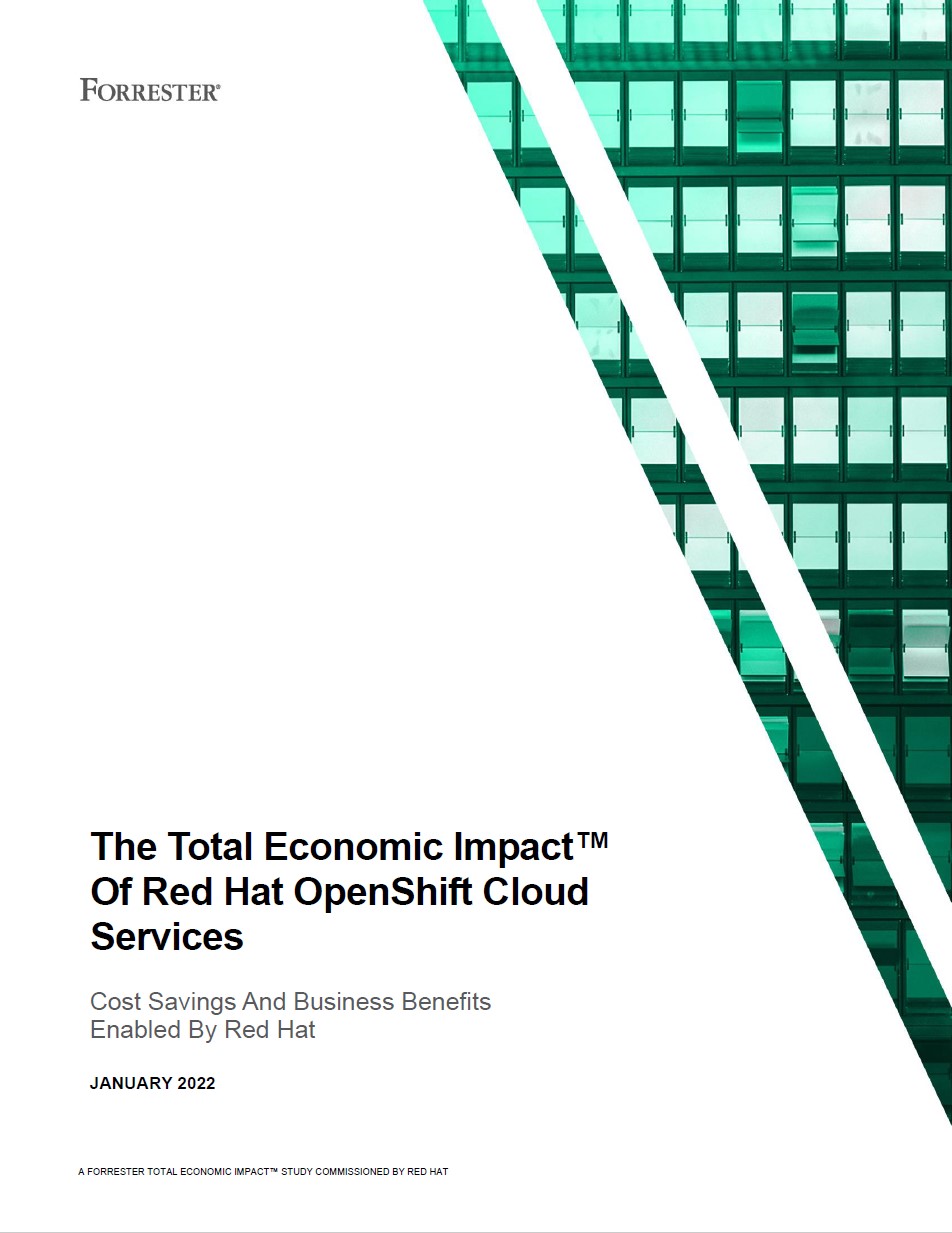Patching together the UK’s fragmented smart city landscape
Despite a lack of central government direction, disparate smart city projects are delivering rich successes and finding ways to stay connected


There’s no official definition of a smart city, according to research by the Houses of Parliament published in late 2021, with projects falling under this umbrella term implemented by a variety of organisations, with varying motives. These include local authorities, utility companies, transport operators and universities, all of which can deploy smart city projects of varying scope in towns and cities across the nation.
This breadth is part of what makes smart cities such an exciting field, and capable of driving change at a very granular level. It also means, however, that local implementations can be patchy and reliant on a range of actors with different end goals. Funding streams, too, have varied, while support hasn’t always been readily available.
The lack of a centralised government strategy, however, hasn’t deterred projects across the country from taking shape and succeeding. From Edinburgh to London, and everywhere in between, practitioners have been deploying smart city projects for years, with this collective wealth of experience contributing to a culture of knowledge sharing that defies and collaboration that promises to shape the future of the UK smart city landscape.
Cultivating green shoots
Smart city projects often have multiple goals. They’re designed to support real-time action in which some degree of automation or artificial intelligence (AI) can play a part, with the aim of making better use of resources. They’re also built to provide input into longer-term planning.
Liz St Louis, assistant director of smart cities at Sunderland City Council, for example, tells IT Pro the local authority has installed video and motion sensors on key routes into the city. Under this project, vehicles, cyclists and pedestrian movement are monitored anonymously, with the data collected, in turn, informing traffic light sequences, which can be altered to reduce congestion.
Sunderland also uses smart technology for longer-term urban planning. The council has, for instance, also installed technology in larger buildings to gain a greater understanding of energy use. This has led to informed interventions designed to reduce building emissions and contribute to Sunderland’s ambitions to be a net-zero city.
Many cities have similar technologies in place and similar ambitions for those technologies. Some are taking a more expansive approach, though, with Stoke-on-Trent, for example, publishing a prospectus last June called Silicone Stoke. As part of the project, the city rolled out a 113km full-fibre network, which offers the opportunity of citywide 5G connectivity, alongside plans a full-fibre academy at Stoke-on-Trent College and a new Digital Academy. The aim is to make Stoke a “hotbed of digital innovation – creating jobs, boosting businesses and improving lives,” said the then parliamentary under-secretary digital infrastructure Matt Warman at the launch of Silicon Stoke.
Sign up today and you will receive a free copy of our Future Focus 2025 report - the leading guidance on AI, cybersecurity and other IT challenges as per 700+ senior executives
The Stoke-on-Trent initiative means the city can play host to advanced technologies in fields such as manufacturing, head of smart infrastructure systems at techUK, Teodora Kaneva, tells IT Pro. This includes innovations such as “industrial robotics and networked machinery, as well as accelerating the deployment of the Internet of Things (IoT)”.
Staying focused is key
With real benefits being felt on the ground, and expansive plans in place for the future, smart city managers within councils need to be fully aware of the risks too. With so much potential for what could be done on the ground, a lack of focus could be a real danger. “Local authorities must understand the problem they are trying to solve, the digital capabilities of the communities they are trying to serve, and then the potential of technology in addressing this,” Teodora Kaneva tells IT Pro.
RELATED RESOURCE

The Total Economic Impact™ of Red Hat OpenShift Cloud Services
Cost savings and business benefits enabled by Red Hat
Setting the right ambition isn’t the only risk, though. With so many vendors in this market, becoming locked into one could narrow the field of opportunity for the longer term or result in data being sealed into siloes. Awareness of the potential pitfalls is essential. Liz St Louis advocates “having open standards, with interoperability at the core, ensuring that data is always accessible, and ensuring any procurement processes adhere to these standards”.
Because the underlying technologies, and the initiatives that utilise them, are relatively new, it’s also valuable for those involved in developing smart city projects to share their learnings. The range and scope of networks to do this are growing as the number and variety of projects themselves develop.
There are numerous examples of collaborative frameworks and fora that form around smart city initiatives. Edinburgh’s ambitious smart city programme, for example, includes a contract with experienced provider CGI, set to run until 2030, which involves a range of implementations from educational projects to smart bins and streamlined refuse collection.
John Goodram, vice president of consulting services at CGI tells IT Pro that knowledge sharing and partnerships are crucial to the success of a project like this. “We developed a Local Authority Special Interest Group which brings together academia, local authorities and subject matter and domain expertise to share insights from Smart Place initiatives,” he explains. “This allows us to help smooth transition bumps and ensure greater harmony and connectivity. We believe that anyone undertaking a smart city project should consider developing this type of collaborative element at a foundation level.”
Back in Sunderland, St Louis says the city is working with a provider on building an integrated smart city platform. This will allow data to aggregate rather than sit in silos, which will, in turn, “allow us to pool together and analyse information from different services to help inform coordinated multi-agency responses at the earliest point, further benefiting citizens and services”.
Sharing guidance and best practice
If smart cities are characterised by diversity, this is mirrored in terms of support at the national and regional levels. No single government department is responsible for smart cities. Instead, there are roles across a number of departments. with those in charge of housing, digital, communities and local government, transport, health and business all playing some role in the wider ecosystem.
That’s not to say there isn’t some degree of centralised guidance. British Standards Institution (BSI), the UK’s national standards body, has developed a range of standards and guides, such as its PAS 181 smart city framework and its PAS 182 data concept model to help city leaders develop and deliver smart city projects. There are also numerous regional organisations such as Smart London, which is part of the London Mayor’s administration.
These exist alongside a range of other groups, think tanks, policy organisations, academic institutions and fora on a national, regional and local basis. Events and conferences, too, are a great means for getting guidance, sharing good practice and networking.
The lack of a definitive playbook on building a smart city doesn’t seem to be holding back progress, and, as UK smart city projects expand, the breadth and range of support is growing too. For many practitioners, such as Sunderland’s St Louis, this is vital. “National and regional smart city groups often provide very practical support and guidance, based on real examples of smart city deployments,” she explains, suggesting momentum in the UK smart city landscape is gaining fast.

Sandra Vogel is a freelance journalist with decades of experience in long-form and explainer content, research papers, case studies, white papers, blogs, books, and hardware reviews. She has contributed to ZDNet, national newspapers and many of the best known technology web sites.
At ITPro, Sandra has contributed articles on artificial intelligence (AI), measures that can be taken to cope with inflation, the telecoms industry, risk management, and C-suite strategies. In the past, Sandra also contributed handset reviews for ITPro and has written for the brand for more than 13 years in total.
-
 I couldn’t escape the iPhone 17 Pro this year – and it’s about time we redefined business phones
I couldn’t escape the iPhone 17 Pro this year – and it’s about time we redefined business phonesOpinion ITPro is back on smartphone reviews, as they grow more and more intertwined with our work-life balance
-
 When everything connects, everything’s at risk
When everything connects, everything’s at riskIndustry Insights Growing IoT complexity demands dynamic, automated security for visibility, compliance, and resilience